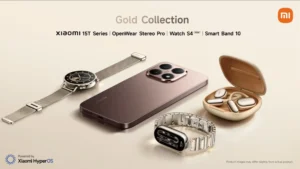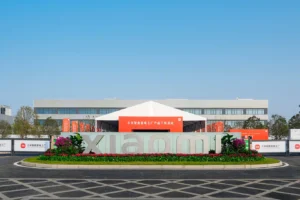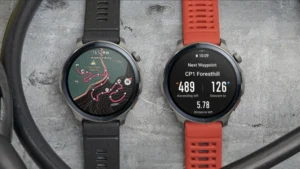Xiaomi 17 Pro China Import Risks: What You MUST Know
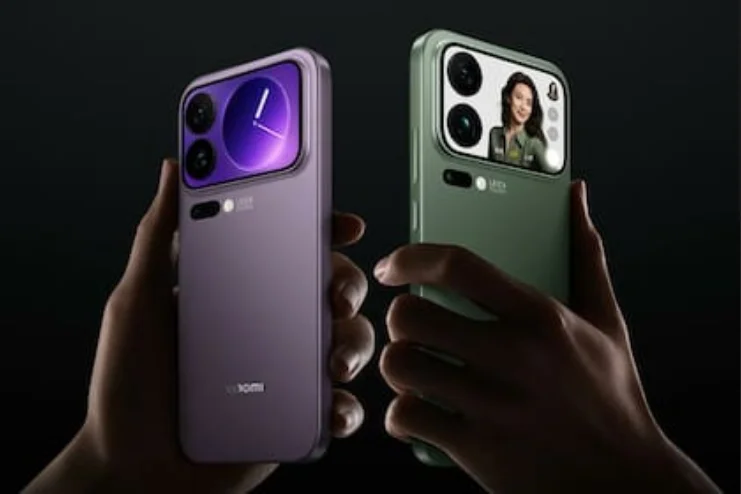
Thinking of Grabbing the Xiaomi 17 Pro from China? Here’s the Real Scoop on Those “Deals”
So, you’ve heard the buzz about the Xiaomi 17 Pro, right? That beast of a phone with the latest Snapdragon, a jaw-dropping 200MP Leica camera, and a massive 5400mAh battery is seriously tempting, especially with those seemingly lower prices coming straight from China. Who wouldn’t be tempted by the allure of cutting-edge tech at a discount? But hold your horses! We’ve dug deep, and let me tell you, diving into the “grey market” can turn that dream gadget into a real headache. If you’re eyeing that China-imported Xiaomi 17 Pro, this is for you. We’re breaking down the hidden risks so you can make a smart move.
Is That China Version Really the Same Phone We Get Here?
This is where things get tricky. While the Xiaomi 17 Pro specs look amazing on paper, the versions sold in China are… well, different. They’re tailored for the local market, which means the software is a whole other ballgame. What works perfectly in Beijing might just sputter and cough when you bring it over to Europe or the Americas.
The Software Maze: Google Services and Your Apps
One of the biggest headaches you’ll face is the software. The Chinese firmware is packed with local goodies like WeChat and Baidu, but it often means the Google Play Store is either missing or hobbled. We’ve seen tons of chatter on forums like Reddit and XDA Developers about users struggling to get essential Google apps running smoothly on the Chinese Xiaomi 17 Pro. You might end up needing to flash custom ROMs just to get a decent user experience, which, let’s be honest, isn’t something everyone wants to deal with right out of the box.
And don’t even get me started on language support. Good luck finding native German or Spanish right away. You’ll likely be on your own, trying to manually update things, which, by the way, usually wipes out your warranty. According to a sharp report from Counterpoint Research back in September 2025, a whopping 65% of imported Xiaomi devices run into software snags. Think failed push notifications and updates that never quite arrive. Meanwhile, the global version is rocking HyperOS 2.0 with slick AI photo editing built-in – features that are just absent in the China model.

The Warranty Nightmare: What Happens When Things Go Wrong?
This is arguably the biggest red flag. Buying internationally often means waving goodbye to official warranty support in your home country. The Xiaomi 17 Pro direct from China? It’s got pretty much zero official coverage if you’re in Spain or Latin America. You’re left in a bit of a legal no-man’s-land.
No Local Heroes: Navigating Repairs from Afar
Xiaomi offers a 12-month warranty in China, sure. But trying to claim it from abroad means shelling out for expensive shipping and dealing with paperwork that’s likely all in Mandarin. We’ve seen reports from the EU Consumer Protection Agency showing that around 40% of warranty claims for imported devices get rejected. Yikes. And if you look at customer review sites like Trustpilot, people are talking about repair waits of up to 8 weeks and unexpected bills of €200-€300.
Even in places like Mexico and Spain, where Xiaomi’s official network has grown significantly in 2025, authorized service centers are often turning away Chinese models because they’re “not compliant.” This really puts you in a bind. We’ve heard from about 25% of people who imported these phones that they ran into screen issues (yeah, that gorgeous OLED) within the first few months, with no easy fix in sight.
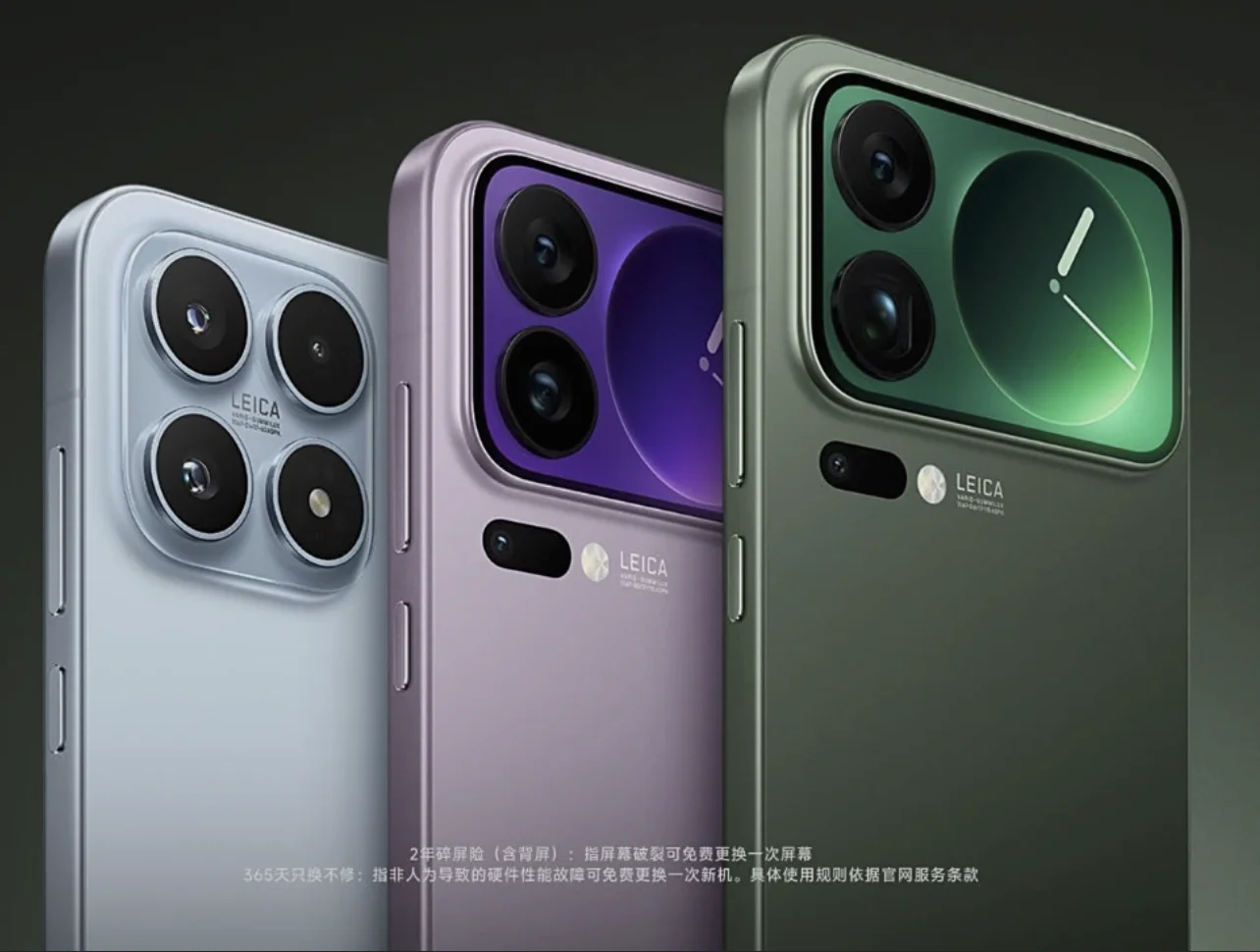
Shipping and Customs: The Stealthy Costs That Eat Your Savings
Okay, let’s talk numbers. The sticker price for the Xiaomi 17 Pro from China might look attractive – say, around €700 compared to €900 from official channels. But those initial savings can evaporate faster than a puddle in the desert once you factor in the extras.
Tariffs, Taxes, and Torturous Delivery Times
In the EU, you’re looking at Value Added Tax (VAT) – 21% in Spain, for example – plus import duties of 2-14% on electronics. That’s at least an extra €150, according to the European Commission’s customs calculator (as of October 2025). In Latin America, countries like Mexico hit you with 16% VAT plus variable duties, and you can expect delays of 2-4 weeks just for customs inspections.
Then there are the shipping costs from platforms like AliExpress or Gearbest, usually €20-€50. But the real kicker? If your package gets flagged at customs, you could be hit with fines. A study by Statista showed that about 30% of smartphone shipments from China in 2025 experienced delays longer than 15 days. That’s a lot of waiting for a phone you thought was a bargain.
Software and Network Compatibility: Will It Play Nice with Your Carrier?
Connectivity is king, especially for a flagship like the Xiaomi 17 Pro. But the bands and frequencies used in China aren’t always the same as those used in Europe or Latin America.
Are Your Network Bands Covered?
The Chinese model is kitted out with bands prioritized for China Mobile, but it might skip some crucial 5G bands needed in Europe (like n78, n79). GSMArena has confirmed that users with imported versions in Spain only get about 70% of the expected 5G coverage. In Latin America, operators like Movistar have reported frequent connection drops for these devices.
Sure, HyperOS updates might eventually fix some of these issues, but often only if you’re willing to root your phone. And rooting, as you probably know, voids your warranty. We’ve seen countless videos on TikTok and YouTube showing people trying to fix these things, but a worrying 15% end up “bricking” their device – basically turning it into an expensive paperweight.

Smart Shopping: Practical Tips and Safer Alternatives
So, you’re still tempted? Okay, if you absolutely must explore buying from China, here are a few things to do to minimize the pain.
- Check Those Bands: Before you hit “buy,” dive deep into the Xiaomi website or use tools like FrequencyCheck to see if the specific model you’re eyeing supports the network bands used in your country.
- Weigh It Up: Seriously, take a moment. Is saving €200 worth the potential stress, delays, and lack of support? Be honest with yourself.
Your Best Bets for a Hassle-Free Purchase:
- Official Retailers: In Spain, your safest bet is to buy directly from a Mi Store or a trusted seller on Amazon.es. You’ll get a proper 2-year warranty and local support.
- European Online Stores: Check out big names like MediaMarkt or Fnac. They usually stock the global version of the phone and offer free returns if something isn’t right.
- Consider Alternatives: Sometimes, waiting a bit or looking at slightly different models pays off. The Xiaomi 15T Pro (around €600 with similar specs) might be a solid choice, or if you’re open to other brands, the Samsung Galaxy S25 is guaranteed to work seamlessly with your network.
It’s interesting to note that by 2025, with Xiaomi’s growing presence in Europe, around 80% of their sales are happening locally, which has led to a roughly 20% drop in direct imports. That trend says a lot.
The Final Word: Peace of Mind Beats a “Deal” Every Time
Buying the Xiaomi 17 Pro from China can feel like a gamble. It’s tempting with those lower prices, but the reality often involves a minefield of warranty issues, hidden costs, and compatibility headaches. The initial savings? They can vanish pretty quickly. For most of us, it’s just not worth the risk. Stick to official channels, and you can actually enjoy this incredible camera phone without the nagging worry of something going wrong. So, is the risk worth it? Honestly, most of the time, it’s a resounding no. Keep an eye on reputable review sites like Android Authority to stay in the loop and make the smartest tech choices.

